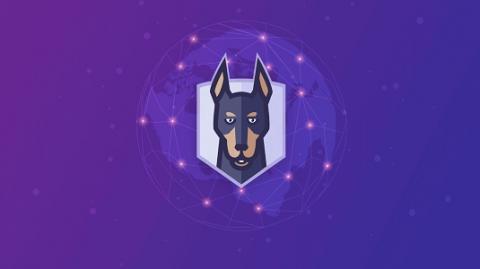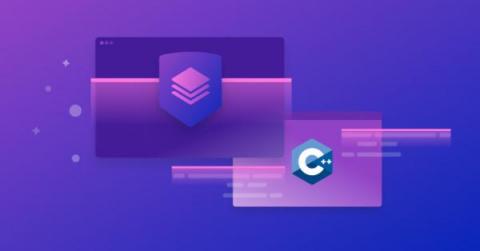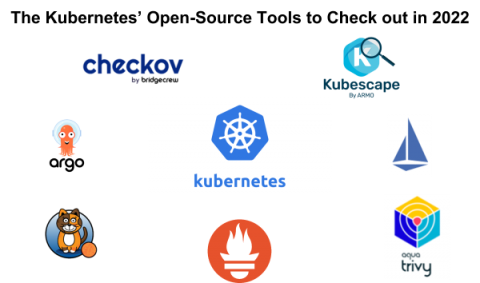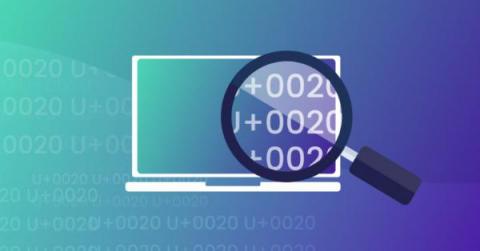Security | Threat Detection | Cyberattacks | DevSecOps | Compliance
Open Source
Snyk Open Source in 2021: A year of innovation
More than 90% of organizations rely on open source software, a reliance that introduces a significant amount of security and legal risk via either direct or transitive open source dependencies. To overcome this challenge, Software Composition Analysis (SCA) solutions are playing an increasingly important role in helping organizations successfully identify and mitigate potential security issues.
Arctic Wolf Releases Open Source Log4Shell Detection Script
Snyk gives warning: update your Apache Log4j software immediately
Snyk Open Source adds beta C/C++ security scanning for unmanaged OSS
We’re happy to announce the open beta of C/C++ security scanning in Snyk Open Source, enabling development and security teams to find and fix known security vulnerabilities in their C/C++ open source code and libraries! Used across various industry verticals and prominent within the gaming, hardware/IoT, and communications industries, C/C++ continues to have a major impact on software development and the technology space as a whole.
A Kubernetes Controller for Styra DAS
We just open sourced our Kubernetes controller for the Styra Declarative Authorization Service (DAS). If you are interested in managing OPAs via Styra DAS via Kubernetes, read on.
The Kubernetes' Open-Source Tools to Check out in 2022
In 2014, Kubernetes surfaced from work at Google and quickly became the de facto standard for container management and orchestration. Despite its silicon valley origins, it became one of the most impactful open-source projects in the history of computing. Today, the Cloud Native Computing Foundation (CNCF) maintains Kubernetes with many private companies and independent open-source developers.
Securing your open source dependencies with the Snyk Visual Studio Code extension
We’re pleased to announce new functionality within the Snyk Vulnerability Scanner extension for Visual Studio Code, making it easier for developers to find and fix vulnerabilities and license issues in their open source dependencies! To help developers take more responsibility for the security of their applications, security tools must be able to integrate seamlessly into existing workflows and the tools developers are using on a day-to-day basis.
How to prevent Trojan Source attacks with Snyk Code
Earlier this month, a group of researchers at the University of Cambridge published an academic paper, with an accompanying website, on a new type of potential vulnerability that could appear in source code. They called it Trojan Source.
The Benefits and Challenges of Reporting vs. Remediation with SBOMs
As organizations look for solutions that enable them to create a software bill of materials (SBOM) to ensure they’re meeting new governmental mandates for protecting the software supply chain, it’s important to understand the difference between solutions based on reporting vs. remediation. The primary focus of any SBOM solution should be on open source code. The use of open source continues to expand exponentially. Open source components comprise 60%-80% of today’s applications.











